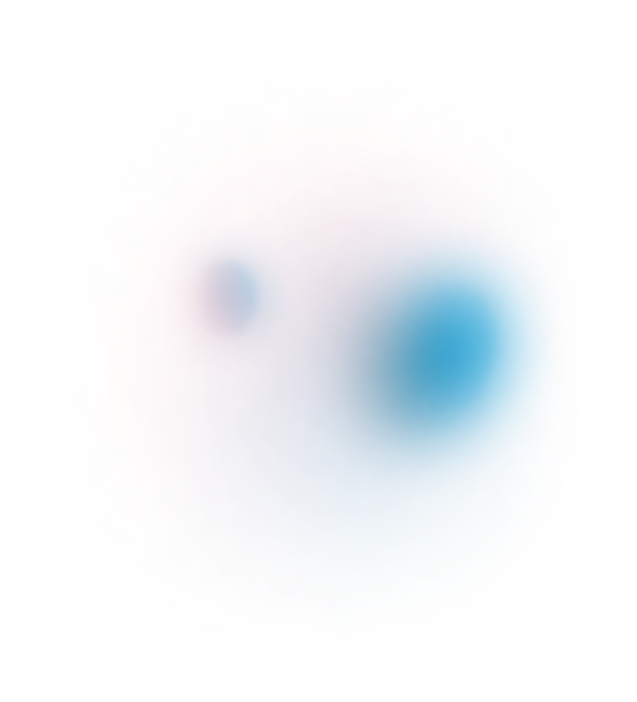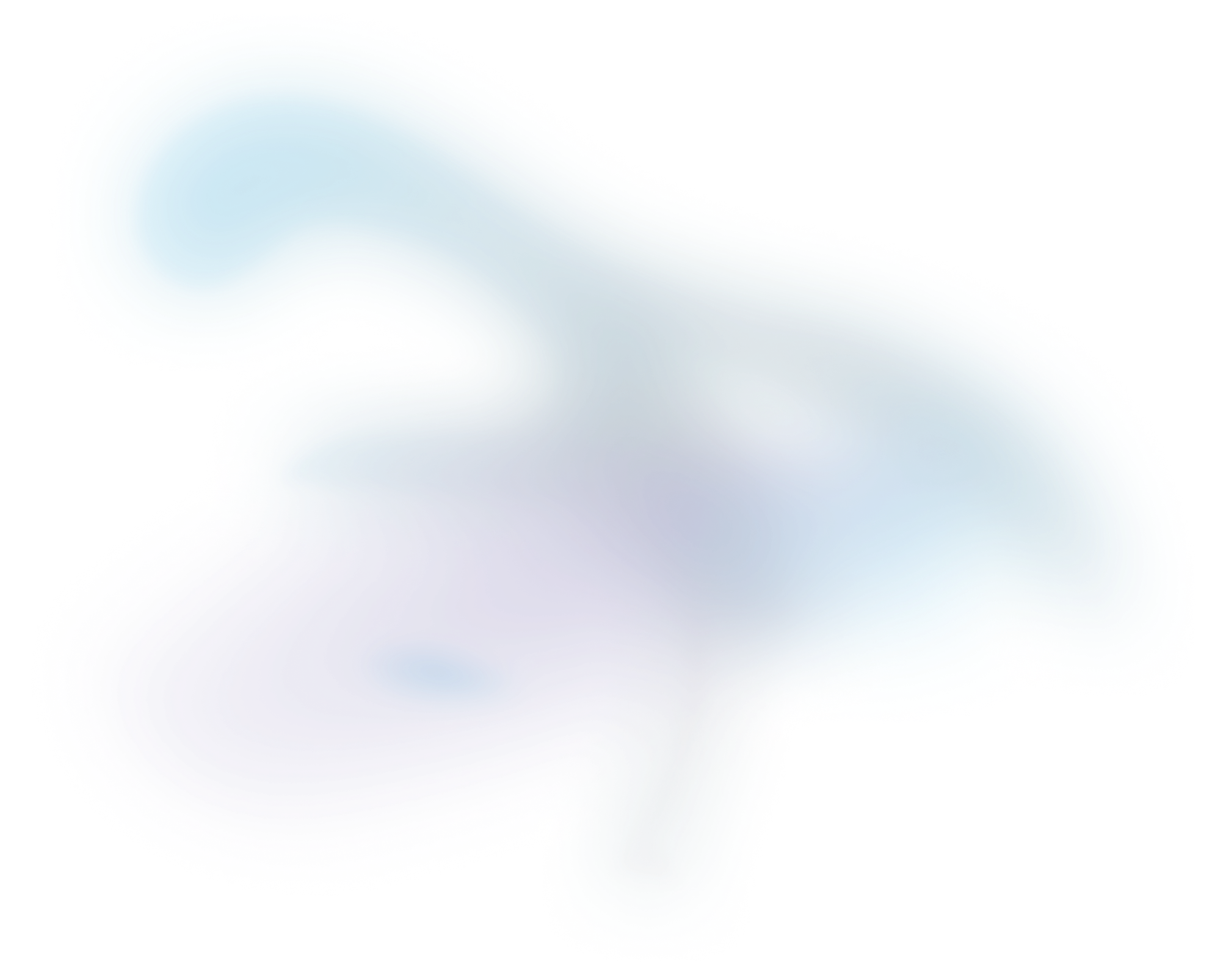

Rapid Bioinformatics Prototyping Based on a Public Application Programming Interface
The goal of this joint poster with Bruker and University of Bremen was to demonstrate a new API for reading data files in SCiLS Lab format. In this joint work, two use-cases were developed based on this API.
Access publication
The goal of this joint poster with Bruker and University of Bremen was to demonstrate a new API for reading data files in SCiLS Lab format. In this joint work, two use-cases were developed based on this API.
Aspect Analytics was responsible for developing a pipeline for unsupervised dimensionality reduction and applying it to several SCiLS Lab files. The main goal of the pipeline was to generate simple but meaningful summary images for MSI data sets, which capture the most important trends.
In this work, we used the Python ecosystem and leveraged the following dimensionality reduction methods: PCA (both standard and an in-house nonlinear variant based on kernel methods) and two powerful nonlinear methods, namely t-SNE and UMAP.

Our analysis showed that all dimensionality reduction approaches generated fairly good general overviews of the different data sets. However, the more complex methods (t-SNE/UMAP) were better at recognizing small but relevant regions. In computational terms, UMAP was significantly faster than t-SNE. If you want to learn more about UMAP, please refer to our paper that introduced its use for MSI data.
Publication details
J.H. Kobarg1, N. Verbeeck2, D. Lachmund3, J. von Schroeder3, S.O. Deininger1, T. Moerman2, S. Schiffler1, J. Singe1, D. Trede1, M. Claesen2, T. Boskamp1,3. Rapid Bioinformatics Prototyping Based on a Public Application Programming Interface, Ourcon VII, Saint-Malo, France, 2019

